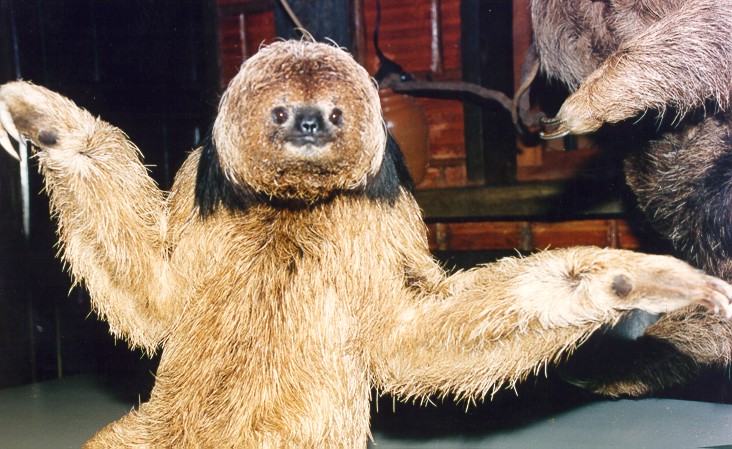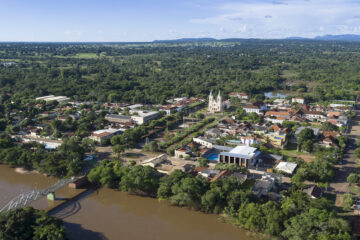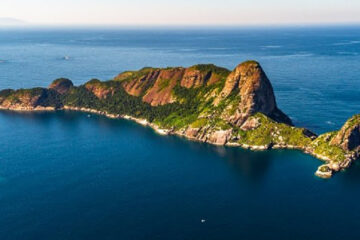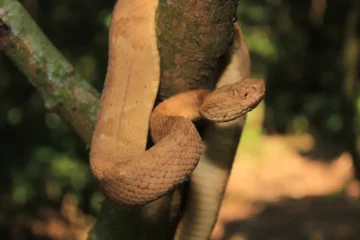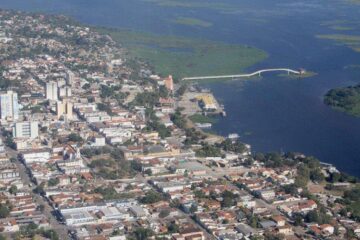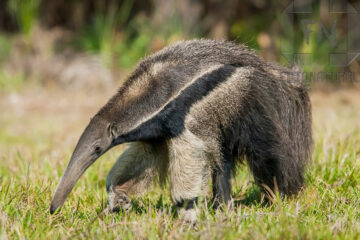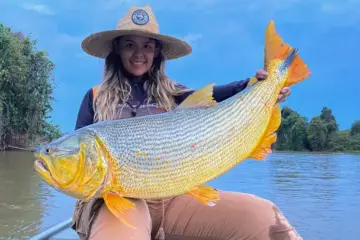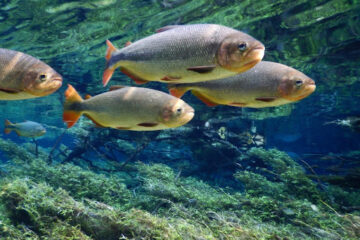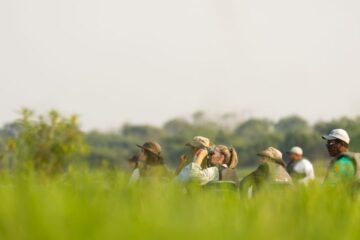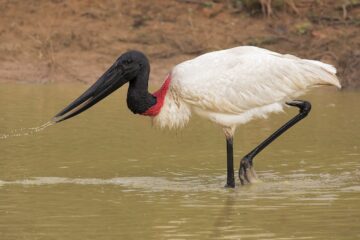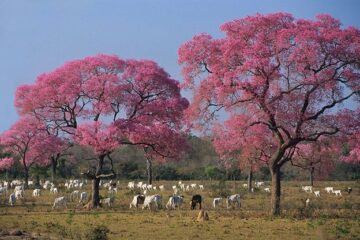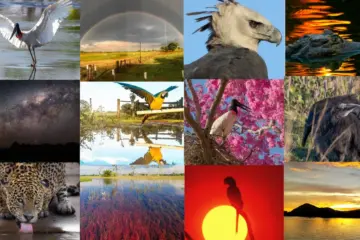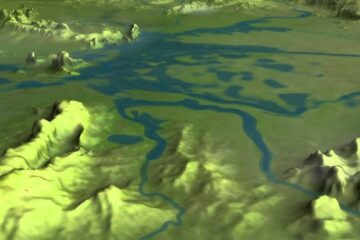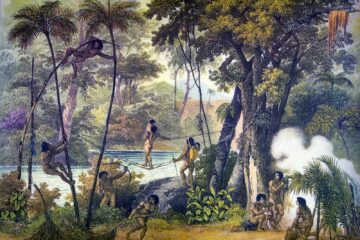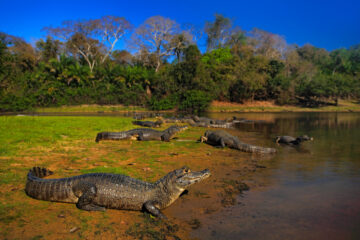Este post também está disponível em:
Português
English

For 22 years, the sloth, an animal with a sweet expression and gentle gestures, has had an exclusive research centre in Ilhéus (BA).
In the 43-hectare reserve, 16 animals of the common species and 18 of the collared species are currently cared for.
The differences between the two are in colour and area of occurrence.
According to the Ministry of the Environment, while the common one, with a greyish coat, can be found both in the Amazon and in the Atlantic Forest, the collared one, with a brown coat and a nape with long black hairs, occurs in Rio de Janeiro, Espírito Santo and southern Bahia.
Biologist Vera Oliveira is in charge of the centre and said the threat of extinction affects all species of sloth, but the danger is greater for the collared sloth because it is restricted to a very small geographical area and even then in fragments of the forest.
Video on collared sloth

To preserve the recovered sloths, which have suffered aggression, and reintroduce them into the wild two factors are key: preserved habitat and food. “The areas of occurrence are decreasing more and more.
They are getting weakened by the very food that is not found because there is an advance of eucalyptus plantations in the areas of occurrence of the collared sloth,” warned Vera.
The biologist said that the number of sloths arriving victims of hunters and deforestation is increasing.
Many are still young. Without the warmth of their mother’s body, they can die because their health is fragile. It is an animal that does not drink water. It takes all the liquid it needs from the succulent shoots it eats.
Feriments on the sloth
Reserve veterinarian Délson Silva said the most common injuries show how badly the animals are beaten. “They arrive injured usually by dog attacks, quite bruised and sometimes with fractures.
They arrive very stressed. Because of this stress, they have difficulty feeding and adapting to the centre,” she explained. It is good to know that breeding a sloth is an environmental crime.
If the situation of aggression is not reversed in a few years, the sloths will only be seen in the woods of the Cocoa Research Centre in Ilhéus.
Sloth Recovery Centre at CEPLAC
Developed since 1996, the project was created by biologist Vera Lúcia de Oliveira and covers an area of 43 hectares of Atlantic Forest. Location: Ilhéus-Itabuna Highway BR-415, CEPLAC
Bahia.ws is the largest tourism and travel guide for Bahia and Salvador.
